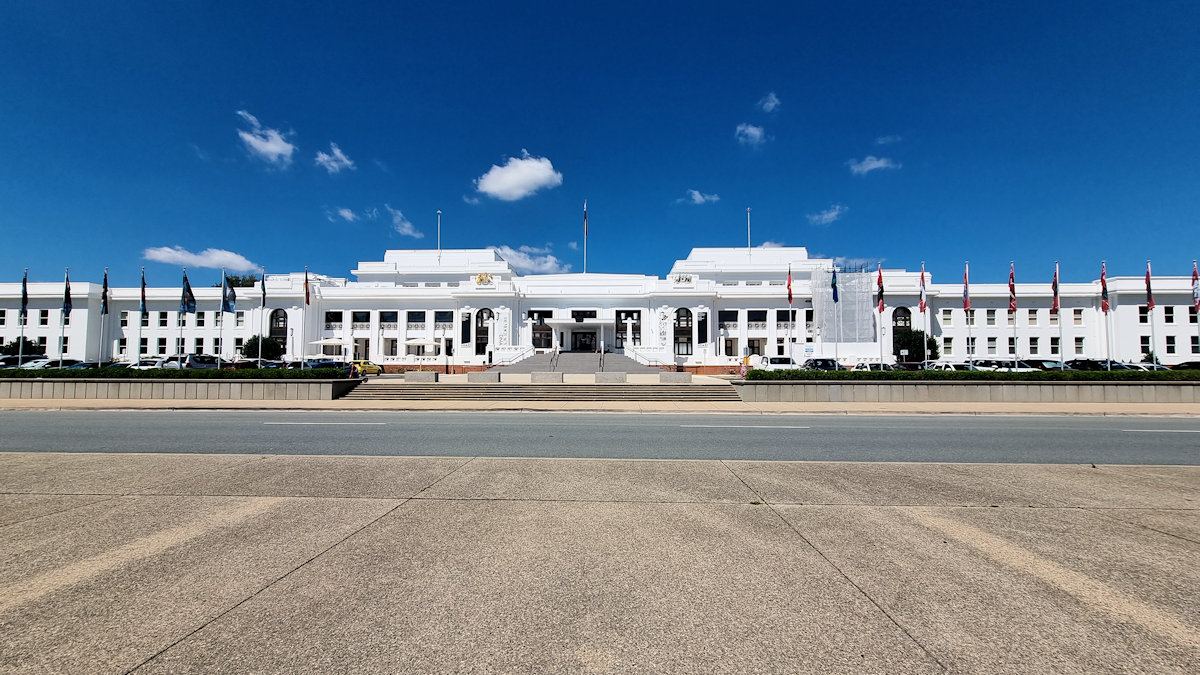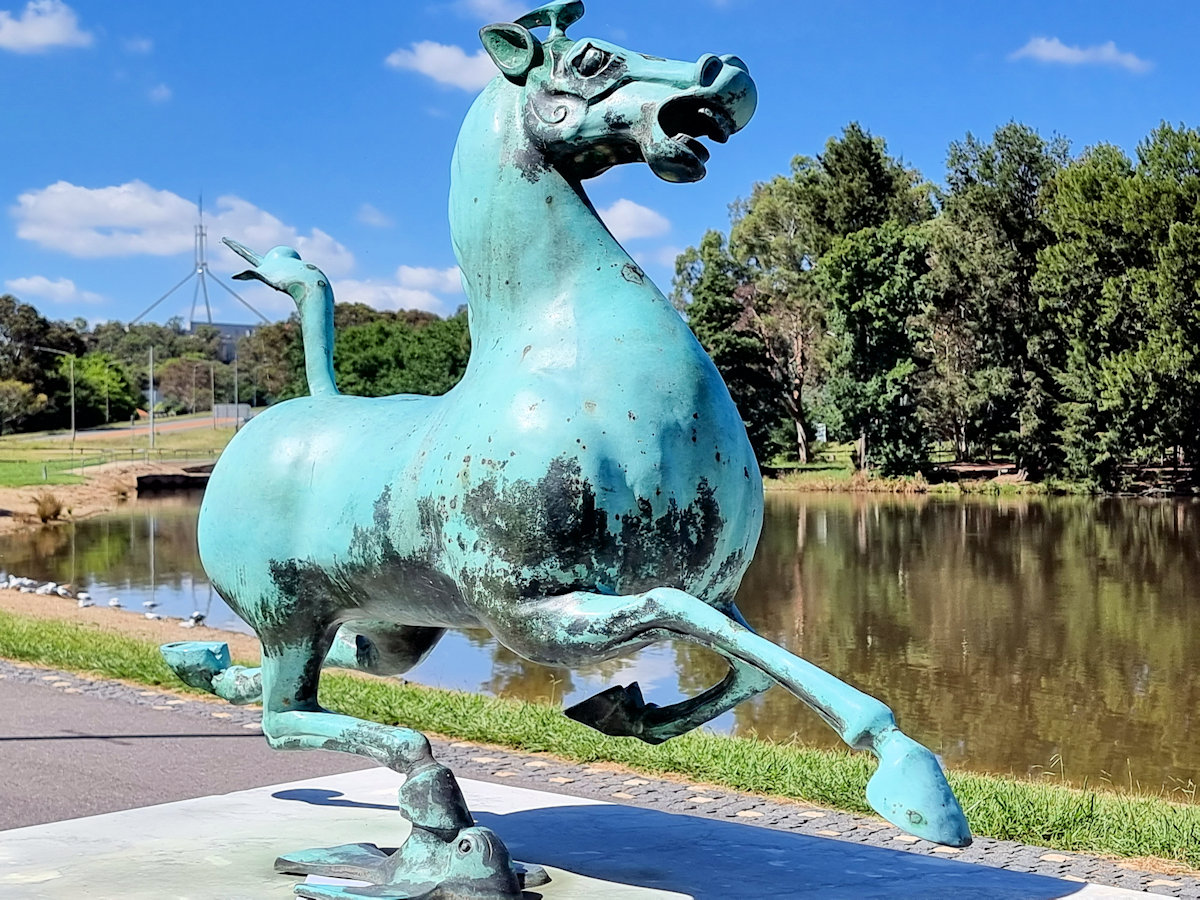Tag: travel
-
Old Parliament House Canberra

Old Parliament House Canberra Only intended as a temporary home for the Australian Parliament, Old Parliament House in Canberra actually operated as the seat of government from 1928 until 1988. At this time the government move to the new Parliament House on Capital Hill. It now houses the Museum of Australian Democracy as well as… Read more
-
Australian National Maritime Museum

Australian National Maritime Museum Covering Australia’s maritime history from pre-colonial times to the present, the Australian National Maritime Museum in Sydney has an excellent collection of ships and artefacts on display. The most obvious displays are the ships and boats of the heritage fleet docked on Darling Harbour, but those inside also deserve a lot… Read more
-
Lennox Gardens Canberra

Lennox Gardens Canberra Located on the shore of Lake Burley Griffin, Lennox Gardens in the Australian capital Canberra has several distinct areas gifted to Australia by foreign governments. Additionally it contains several memorials while being a beautiful place to relax. Nara Peace Park Gifted to the people of Canberra by the Japanese city of Nara,… Read more